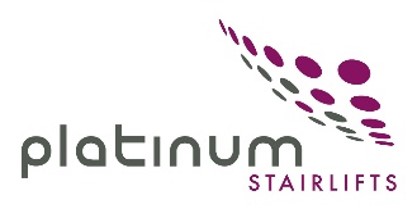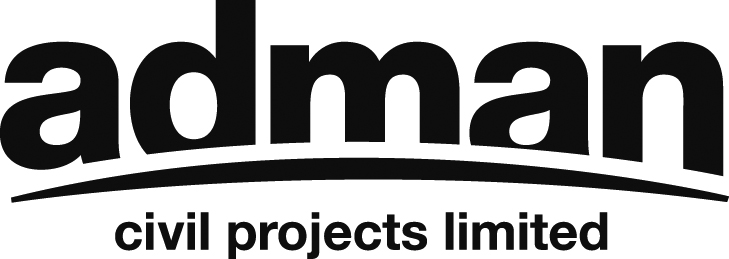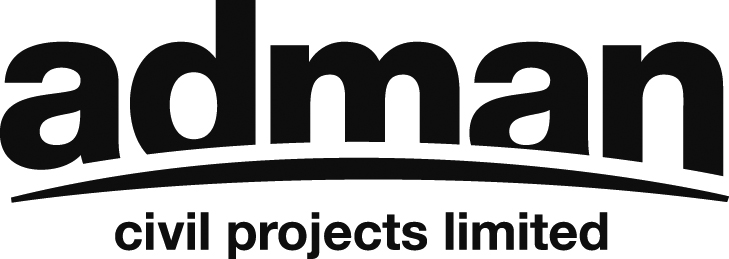Information
-
Document No.
-
Lifting and Crane - Lift Supervisors Name:
-
Conducted on
-
Prepared by:
- Tim Charlton
- Graeme Silk
-
Location (Drop Pin for GPS & Address):
-
Personnel on site during lift and crane activities:
-
Risk Scope:
Scope is limited to single fatality scenarios, including suspended loads and swinging loads. May include loads lifted by mechanical means (e.g. fixed or mobile cranes, forklifts), loads on stands, loading or unloading trucks, loads being transported, jacking loads into place, complicated lifts (e.g. multiple cranes), transferring loads to other lifting devices, overhead cranes. Rigging including ropes, slings chains, restraining devices. -
Control Objective:
The lift operational area is the entire area affected by the lifting operation. This includes areas such as mobile crane access paths, mobile crane turning areas, slew crane swing area and drop zones. The area also includes external obstacles such as swing or overhead clearance from power lines, buildings and any other objects.
During initial lift planning, management of the operational area must be considered to identify possible risks and to identify appropriate control measures. This should include control of the operational area and drop zone to restrict access of personnel during a lifting operation.
Controls may include the use of spotters, barricades or other suitable measures.
Items to be lifted
-
Number of items to be lifted
-
Description of items being lifted
-
Photos of item
-
Weight of items being lifted
Crane & Lift Team Information
- Crane Information:
-
Will a Crane Be Used For Today's Lift?
-
Crane Operator:
-
Photo of operator and license:
-
Name of Signal Person Assigned:
-
Detail the Communication Method:
-
Manufacturer:
-
Model:
-
Serial Number:
-
Crane Rating:
-
Crane Inspection Date:
-
Photo of all (4) Sides of the Crane:
Pre-Lift Checklist
Pick Location
-
Pick Locations:
Location
-
Where?
-
Weight and Distance?
Pre-Lift Checklist
-
Crane Inspected by the Operator?
-
Rigging Inspected?
-
All Permits Obtained?
-
Are Wind Conditions Acceptable?
-
Are the General Weather Conditions Acceptable?
-
Are There Any Power Lines Obstructing Any Lifts?
-
Is the Operator's Certification Card Current?
-
Are Lift Areas Properly Barricaded?
Lift Planning and Execution
Lift Planning and Execution physically separates personnel from the lift operational area and from interaction with non related lifting activities.
-
During lifting operations the lift operational area needs to be physically separated to ensure no interaction between non related activities.
-
Select 2 lift operations and verify the separation controls include:
-
For Fixed Infrastructure, barricading of the lift operational area by fencing, danger tape or chains?
-
In field demarcation, in the form of signage and cones to a distance of 1.5 times the maximum working height of the largest crane in the operational lift area from the extremity of the load?
-
A minimum of 1 spotter when using 2 or more cranes.
-
Verification of Competencies of the individuals involved in the lift?
-
Verification of Equipment / Plant Log Books & Prestarts?
-
Is the plant item fitted with Audible Alarms?
-
Does the lifting equipment / plant have current inspection certification?
-
Has the Pre Lift Hazard Assessment or equivalent Risk Assessment been completed (provided evidence)?
Lift Planning and Execution physical interaction between personnel and equipment and objects with the potential to fall within the lift operational area.
-
During lifting operation the lift operational area needs to be controlled to ensure that personnel and equipment are physically separated such that the risk of falling objects contacting a person is eliminated.
-
Select 2 lift operations and verify the controls include:
-
Barricaded drop zones at a minimum of 2 metres beyond the extremity of the load/drop zone when the lift exceeds 1.8 metres?
-
Taglines are used to ensure no personnel enter the drop zone?
-
Single point accountability for all activities in the operational lift area.
Rigging
- Rigging Sketch
-
Rigging Sketch or Photo of Rigged Item
-
Include all information required to determine that the load is properly rigged and that appropriate rigging gear is selected. Include, as applicable, sling angles, eye bolt orientation, padding points, center of gravity, type of sling hitch, and any other pertinent information.
-
Add media
Sign Off
-
Comments and or additional notes:
-
Project Manager or Superintendent:
-
Safety Manager:












